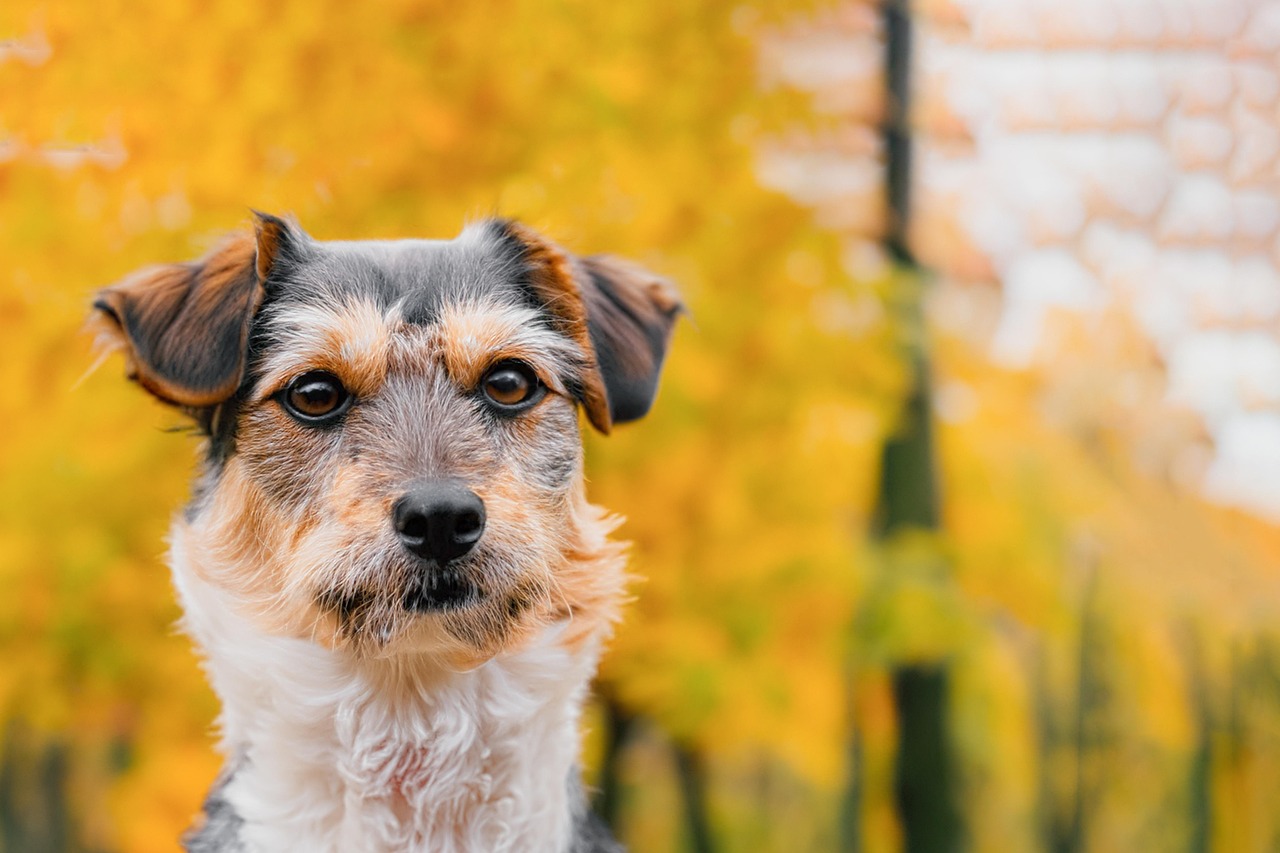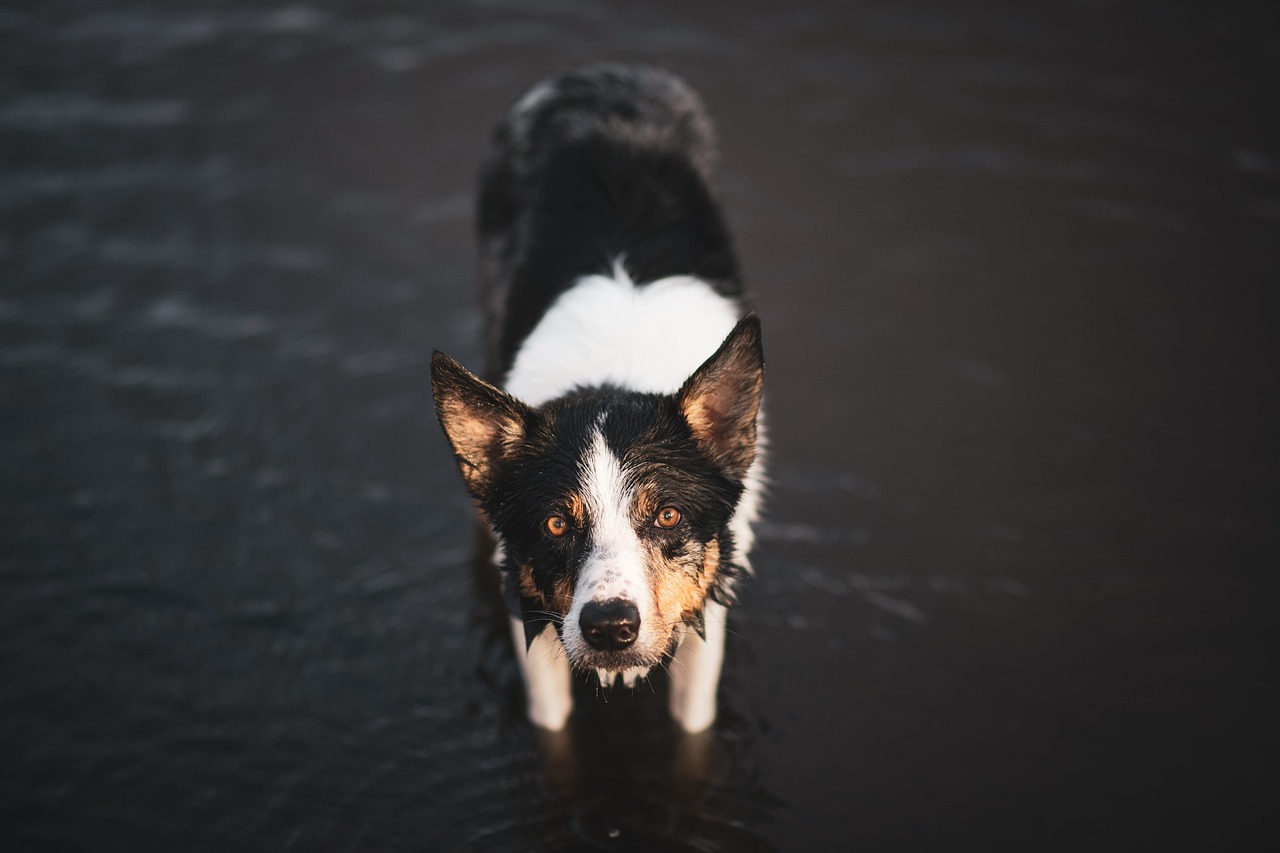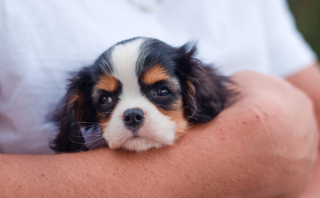Teach Kids Responsibility: A Guide to Dog Training
Introducing a dog into the family is a significant commitment that requires everyone’s participation, including children. Training a dog is a great opportunity for kids to learn practical skills and values such as responsibility, empathy, patience, and effective communication. In this context, we present a comprehensive guide to dog training for kids.
Importance of Dog Training for Kids
Dog training is a two-way process that benefits both the child and the dog. Let’s examine the reasons why kids should be actively involved in dog training.
Responsibility
Involving kids in dog training is an excellent way to teach them about responsibility. Children quickly realize that owning a pet is not just about cuddling and playing all day. It also includes feeding, walking, grooming, and training the dog.

Empathy
Empathy – the ability to understand and share the feelings of others – is a crucial life skill. Dog training helps foster empathy. Dogs do not speak our language, hence, understanding their needs or why they behave a certain way requires a lot of patience and empathy.
Patience
While dogs are intelligent creatures, they have their own pace of learning. Their understanding of commands and actions improves over time with consistent and patient efforts. This teaches kids the virtue of patience.
Communication
Effective communication is a cornerstone of dog training. It encourages children to express commands clearly and assertively. At the same time, it is important to understand the dog’s body language and respond accordingly.
How to Train a Dog – Guidelines for Children
Training a dog can seem daunting at first, especially for a child. Therefore, ensure the child is supervised and guided throughout the process.
Initially, children should start with basic obedience commands like “sit,” “stay,” “come,” “heel,” “down,” and “leave it.” Guide them to use positive reinforcement techniques, such as treats, praise, and petting to reward the dog’s good behavior. All these efforts ensure the creation of a harmonious and respectful bond between the child and the dog.
Moreover, it is not just about training sessions. Teaching the kid to interact appropriately with the dog at all times is also critical. For instance, not disturbing the dog while it’s eating or sleeping, or avoiding pulling the dog’s tail or ears are some basic rules.

Frequently Asked Questions
What age should a child start training the dog?
There is no specified age; it depends on the maturity and responsibility level of the child. Generally, kids around the age of five or older can actively participate in dog training under adult supervision.
Can all breeds of dogs be trained by children?
Most breeds can be trained by children under supervision. However, some breeds may require an experienced trainer due to their size or temperament.
How long should a dog training session last?
Dog training sessions should be short and enjoyable. For a start, minutes-long sessions would be enough, gradually increasing the time.
How important is it to reward a dog during training?
Rewards are crucial during training. They reinforce good behaviour. The dog associates the command with a positive outcome.
What should be done if a dog refuses to obey commands?
If a dog refuses to obey, don’t punish it. Punishments can instill fear. You should consult with a professional trainer for effective strategies.
Conclusion
Dog training is rewarding not just for the canine but also for the kids involved. It goes beyond teaching commands. It is about instilling values in children, thereby enabling them to grow as responsible and empathetic individuals. With patience, consistency, and proper guidance, dog training for kids can be an enriching and fun-filled experience.



